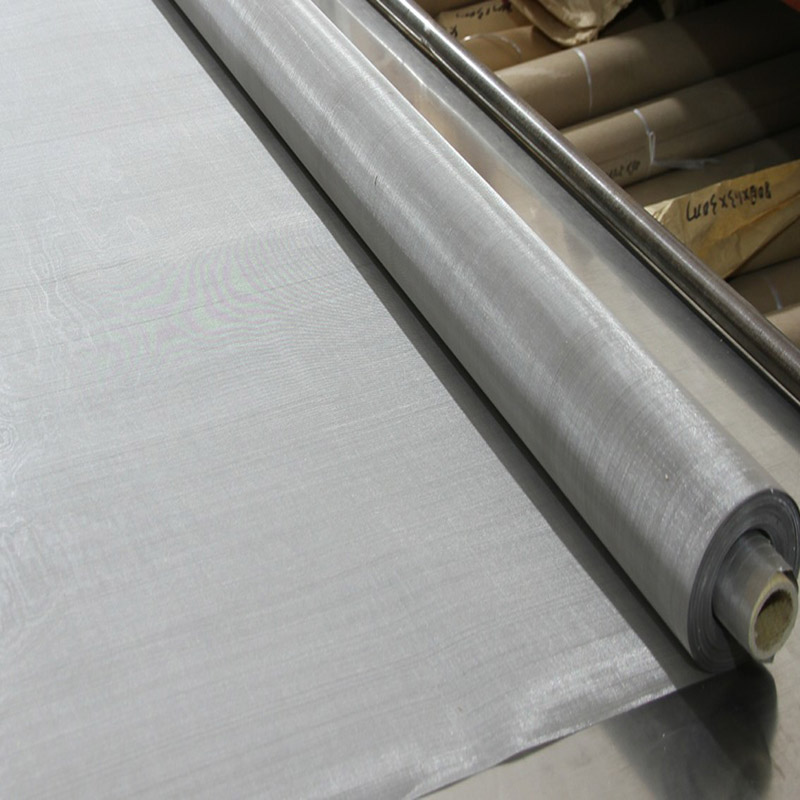-
+86 15030157877
-
sales@galvanizedmetalmesh.com
Nov . 10, 2024 23:40 Back to list
Decorative Metal Mesh Applications for Modern Design and Architecture
The Allure of Decorative Metal Mesh A Versatile Design Element
In the world of modern architecture and interior design, decorative metal mesh has emerged as a captivating and versatile element. Whether used for functional or aesthetic purposes, this material offers a unique blend of beauty and utility that appeals to designers, architects, and homeowners alike. From interior partitions to outdoor facades, decorative metal mesh is becoming an essential component in contemporary design.
Aesthetic Versatility
One of the standout features of decorative metal mesh is its aesthetic versatility. It can be crafted in a variety of patterns, finishes, and materials, allowing it to complement various design styles. Whether it's the sleek, minimalist look of stainless steel mesh or the ornate, intricate designs found in bronze or copper options, there is a type of metal mesh to suit every taste. This adaptability makes it a favored choice for both commercial and residential projects.
Decorative metal mesh can serve as a statement piece or a subtle accent, depending on the desired effect. When used as room dividers, it provides separation while still allowing light and airflow to pass through, creating a sense of openness. In outdoor settings, such as patios or balconies, metal mesh can serve both as a decorative screen and a practical functional barrier against wind or insects.
Functional Benefits
Beyond its visual appeal, decorative metal mesh offers numerous functional benefits
. Its durability is one of its most appealing qualities, making it suitable for both indoor and outdoor use. Unlike traditional materials that may decay or degrade over time, metal mesh maintains its integrity in various environmental conditions.decorative metal mesh

Furthermore, decorative metal mesh is incredibly lightweight compared to solid materials, which can minimize structural load and reduce installation costs. This attribute enables architects and designers to push the boundaries of creativity while maintaining safety and performance standards. The use of metal mesh also contributes to sustainability concerns, as it is often made from recyclable materials, promoting eco-friendly design practices.
Applications in Design
The applications of decorative metal mesh are vast and varied. In commercial spaces, it can be found in retail environments as stylish partitions that create distinct areas without compromising visibility. Restaurants often utilize metal mesh to create unique booth designs, ensuring a cozy yet open dining experience. Additionally, in office settings, it can provide privacy for workstations while maintaining an airy feel.
In residential design, decorative metal mesh finds its way into everything from decorative wall panels to custom cabinetry. Designers often use it in staircases, railings, and lighting fixtures, adding a touch of elegance and modernity to everyday elements. Outdoor features like trellises and fencing made of metal mesh can enhance garden aesthetics while providing necessary function.
Conclusion
Decorative metal mesh is more than just a design trend; it is a versatile material that combines function and form to create stunning visual impact. Its adaptability allows it to weave seamlessly into various design narratives, providing both practical benefits and aesthetic pleasure. As the world of architecture and design continues to evolve, decorative metal mesh will undoubtedly play an increasingly important role, inspiring creativity and innovation in countless projects. With its durable nature and artistic potential, it is no surprise that metal mesh is transforming spaces across the globe, marking a new era in design thinking.
-
Stainless Steel Wire Mesh Roll Wholesale & Manufacturers – Quality Exporters
NewsJul.26,2025
-
High Quality 3D Curved Welded Wire Mesh Fence for Security and Aesthetics
NewsJul.25,2025
-
High-Quality Security Window Screen Mesh for Home & Office Protection
NewsJul.24,2025
-
Hexagonal Gabion for River Bank Protection and Retaining Walls
NewsJul.23,2025
-
High Quality Stainless Steel Wire Mesh Roll & Supplier Wholesale Price
NewsJul.22,2025
-
Hexagonal Gabion Mesh: Durable Stone Cages for Landscaping
NewsJul.22,2025



